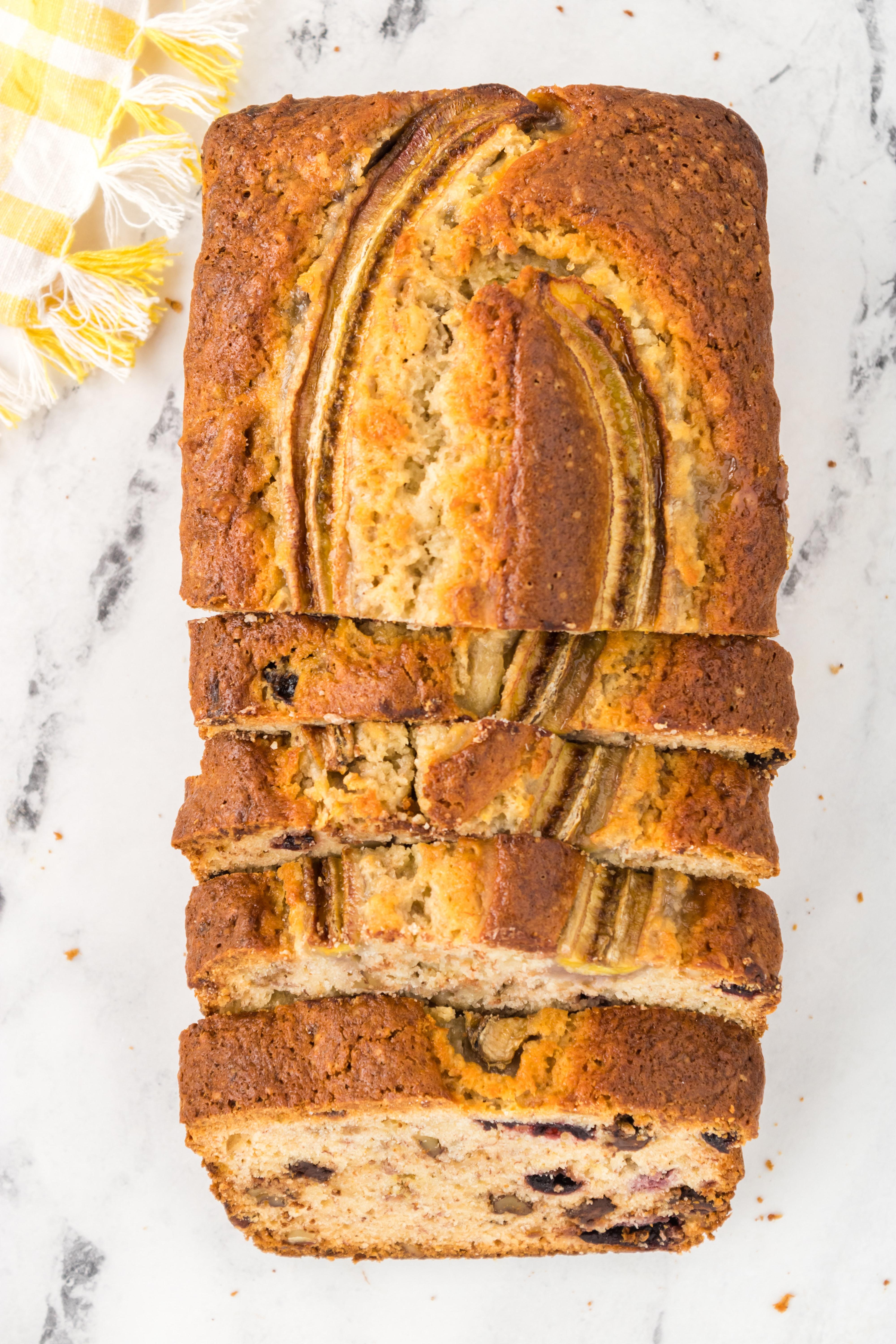While yes, it’s true, that not all carbs are created equal, carbs are not your enemy! In fact, carbohydrates are absolutely essential components of a balanced diet. But understanding the differences among carbs is key to making healthy choices. According to recent studies, high-quality, fiber-rich carbs, such as those found in whole grains and legumes, help maintain steady blood sugar and reduce the risk of Type 2 diabetes and heart disease. Research also highlights that processed carbs, like those in sugary drinks and refined grains, can lead to rapid blood sugar spikes and increased health risks over time.
Below, we’ll explore everything you need to know about carbs, breaking down the different types and offering guidance on how to include them in a balanced diet.
But First, What Are Carbohydrates?
Carbohydrates are one of the three macronutrients in the diet along with proteins and fats. The macro provides necessary energy that the body uses to perform countless tasks, including really important ones like moving and thinking. There are two major forms of dietary carbohydrates: complex carbs and simple carbs. And they are processed, or un-processed.
Complex Carbs
Complex carbohydrates consist of three or more sugar molecules bonded together in a complex chemical structure. The number of sugar units in a carbohydrate sounds like the stuff of organic chemistry, but the length of the molecule is actually key when it comes to health. Because complex carbohydrates take the body longer to digest. As a result, the breakdown product of these carbohydrate chains — glucose — enters the bloodstream at a slower rate. Translation: Complex carbs are less likely to cause blood sugar spikes that, over time, can lead to conditions like insulin resistance.
Sources of complex carbs include:
- Unrefined whole grains like brown rice, quinoa, oats, farro, couscous, soba, 100% whole wheat bread
- White bread, pasta, rice*
- Leafy greens
- Starchy vegetables like corn and potatoes
- Legumes like beans, chickpeas, and lentils
*Some complex carbohydrates are refined, meaning their fiber component has been removed during processing and are instead made solely from the starchy portion of the grain. That’s not ideal, since fiber helps slow down those blood sugar spikes we just mentioned by reducing the rate at which carbs are digested. Bottom line: Try to choose fiber-rich whole grains over refined grains as much as possible.
Simple Carbs
Simple carbohydrates consist of shorter chains of sugars. For example, sucrose (table sugar), consists of just two sugar molecules, while glucose consists of a single sugar molecule. You can think of complex carbs like a house and simple carbs as the individual rooms within the house.
Since simple carbs are made up of just one or two sugar molecules, they are digested much more quickly than complex carbs. This can cause a rapid spike in blood sugar and insulin release, followed by an inevitable crash. Over time, too-high consumption of simple carbohydrates can also increase our risk of cavities as well as some of the very health issues that a high-fiber diet helps prevent, like type 2 diabetes.
Examples of foods containing simple carbs include:
- Honey
- Fruit*
- Yogurt*
- Table sugar
- Soda
- Juice
*Some simple sugars (think: fructose and lactose) occur in whole foods like fruit and yogurt, respectively. You may be wondering, ‘What’s the difference between the simple sugars in fruit versus soda then?’ Great question. The simple sugars found in fruit not only occur naturally but also exist alongside other key nutrients, like antioxidants, our BFF fiber, and H2O. Regularly eating fruit is also linked to a decreased risk of type 2 diabetes. Drinking soda daily? Not so much.
Processed Carbs
While unprocessed carbohydrates have come directly from the plant and do not undergo any alteration once harvested, processed carbohydrates have been altered in some way. Processed foods vary in scale from minimally-processed to ultra-processed—experts developed the NOVA scale as a guideline to classify range of processing. Some examples of minimally-processed carbs are grinding, drying, and cleaning. Minimally-processed foods may be altered but do not contain any additives. These are generally a good choice!
Some desirable choices of unprocessed and minimally processed carbohydrates include:
- Fresh or frozen fruit
- Potatoes, and other tubers or root vegetables
- Whole grains
- Dried beans and peas
Refined Grains
One common form of processing is milling grains, as seen with refined grains. Natural grains have three key parts: the bran, the germ, and the endosperm. Refined grains typically refer to grains that have their bran and germ removed, leaving only the endosperm. This leaves refined grains with less fiber and protein compared to whole grains. Some examples of refined grains include white rice or white flour. While these are considered “minimally processed” they may be a less desirable choice because of their minimal nutritional value.
Ultra-Processed Carbs
Processed carbs may be altered by adding sugars, fats, oils, salt, and other substances to the food. Ultra-processed foods may be made entirely or mostly in a laboratory from derivatives or extracts of foods (oils, fats, sugar, starch, and proteins). Some examples of processed and ultra-processed carbohydrates include fruit in syrup, canned beans preserved in salt, ice cream, cookies, and soda. The general rule is to choose unprocessed and minimally-processed carbohydrates and to avoid processed and ultra-processed carbohydrates as much as possible.
Health Impacts
A diet made up of many processed and ultra-processed carbs has been linked to an increased risk of type 2 Diabetes, heart disease, and weight gain. Studies show that diets higher in ultra-processed foods and added sugar are associated with an increased risk of metabolic syndrome. Metabolic syndrome is defined as the presence of at least three of the following: high fasting glucose level, high triglyceride level, low HDL cholesterol level, high blood pressure, and abdominal obesity. It is thought that the addition of added sugar or syrups and/or the reduction in fiber of these foods contributes to this issue.
How to Choose Healthier Carbs
To choose healthier carbohydrates, choose a whole food, such as a whole sweet potato or apple, or look for one ingredient in the ingredient list, such as “pearl barley.” A good keyword is “whole grain” as the first and/or only ingredient. Another good rule of thumb is to choose foods with at least three grams of dietary fiber per serving.
Does It Matter How I Cook My Complex Carbs?
Now that you’re prioritizing complex carbs in your diet, it’s helpful to know the best ways to cook them. For example, cooking, then cooling, potatoes and rice can increase their resistant starch content (which is great for our gut health), while boiling potatoes may cause some of the spud’s water-soluble nutrients, like vitamin C, to be lost to the water. Not surprisingly, deep-frying anything ups the calorie count significantly.
What to Know about Resistant Starch
Resistant starch is a type of dietary fiber that resists digestion. Instead of being digested in the small intestine, it is fermented in the large intestine, which can be extremely beneficial to our health. The resistant starch content is increased when the food is cooked and cooled. Examples of carbohydrates containing higher amounts of this starch include barley, oats, and legumes.
Resistant Starch Health Benefits
The process that happens when resistant starch is fermented in the large intestine produces several short-chain fatty acids, such as butyrate, that may be beneficial for our gut microbiome, reduce inflammation, and potentially even reduce our risk of colon cancer. Additionally, because resistant starch is not digested in the same way as typical starch, it does not significantly raise blood sugar. This is beneficial for people who are managing their blood sugar levels.
How Carbs Support a Balanced Diet
Ultra low-carb diets may be trending, but the long term effects of these meal plans are anything but healthy. Compared with low-fiber diets, high-fiber diets are associated with a 15 to 30% lower risk of colorectal cancer, heart-related deaths, stroke, coronary artery disease, and type 2 diabetes. In other words, there is a very rightful place for carbs in a balanced diet.
Not sure what constitutes a high-fiber diet? Women and men should aim to consume at least 25 and 38 grams of dietary fiber daily, respectively.
While it’s true that conditions like IBS or type 2 diabetes may require you to be more mindful of the types and amounts of carbohydrates you consume, there’s no need to nix the macro entirely if you’ve been diagnosed with either condition. People with type 2 diabetes may benefit from carbohydrate counting, a practice that helps individuals determine the right amount and serving size of carbs for their body rather than completely banning them from the diet. After all, starches like potatoes are an important source of fiber as well as micronutrients like vitamin C, vitamin B6, and potassium!
Certain carbs can also play a role in mental well-being by helping to stabilize blood sugar levels, which may reduce stress and anxiety over time. For more on the connection between nutrition and anxiety, we go into more detail in our blog post Nutrition and Anxiety: How Carbs Can Help.
The Takeaway
By now you know that most complex carbs are an important part of a healthy diet. As for simple carbs, eating them in moderation is a-ok for most individuals. Remember that the quality and quantity of carbs matters most, along with how you consume them. Pairing carbs like pasta with fiber-rich veggies, lean proteins and healthy fats will not only promote better blood sugar stability but also improve satiety.
Get Support from a Culina Health RD
For personalized carb guidelines, or tailored support on the road to reaching your health goals, we recommend working with a Culina Health RD. You could pay as little as $0 out of pocket with insurance!






